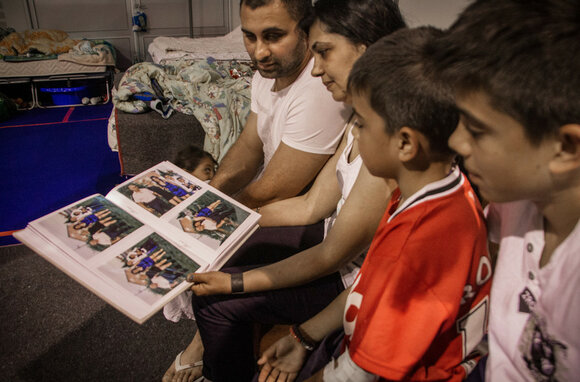
This page contains documents and other resources related to children's care in Europe. Browse resources by region, country, or category.
This page contains documents and other resources related to children's care in Europe. Browse resources by region, country, or category.
Displaying 3291 - 3300 of 3443
Youth-friendly information booklet addressed to children and young people in alternative care.
This Report was drafted by a group of independent experts convened by Commissioner of the European Commission, Vladimír Špidla, in February 2009 to address the issues of institutional care reform in their complexity. The report addresses recommendations to Member States which have the main responsibility for action in this area.
Keys findings from the full investigation into state-run children's institutions in Ireland from the 1930s - 1990s
The child welfare programs, funded by USAID in Russia, were designed to pilot, disseminate, and help institutionalize modern child welfare services, particularly, child abandonment prevention and professional support of vulnerable children, child welfare institutions, and substitute families. This report reviews program results and sets out recommendations for future program design.
Explores particular vulnerabilities that arise for Roma children and families in regards to care as a result of social marginalization
Examined the eight countries in which USAID supported significant child welfare reform programs: Armenia, Azerbaijan, Belarus, Bosnia-Herzegovina, Georgia, Romania, Russia, and Ukraine. The paper discusses population issues, the current system of child welfare, USAID-funded activities, lessons learned, and best practices.
This study aims to use media reports as a resource to collate existing information on abandoned babies and to draw conclusions to inform future response.
Outlines the project aims, critical areas of child care reform, and expected results of the Serbian initiative: “Transforming Residential Institutions for Children and Developing Sustainable Alternatives”
Outlines the development of a common set of indicators for EU member states to measure children's rights and collect data.
Experts gathered in Carmona Spain to examine the results of policy relevant systemic reviews on social welfare and cash transfers. Meeting delegates explored the findings of reviews on integration of social welfare services and cash transfers in Ghana, Chile, Zimbabwe, Malawi and Kenya.